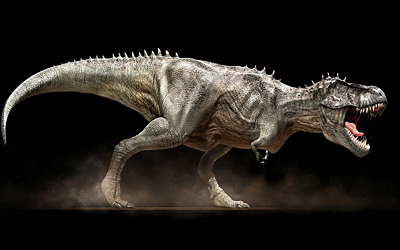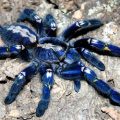PTE考生目前最大的问题之一就是练习题缺乏。除了有限的基本官方书(PLUS,Testbuilder, OG)之外,就没有题了。很多英语基础不是很扎实的同学很难找到练习材料。墨尔本文波雅思PTE培训学校专门为墨尔本,悉尼PTE考生准备了PTE练习的lecture 93篇。各位PTE同学可以练习阅读,练习记笔记技巧,可以练习复述,甚至可以练习describe image。废话少说,下面开始:
Before I tell you about the interesting discovery related to Tyrannosaurus rex, I need to review something we studied last semester, the difference between what are commonly called cold-blooded and warm-blooded animals. In warm-blooded animals, birds and mammals, for example, the body temperature normally stays within a narrow range, no matter what the outside temperature is. As a result, a warm-blooded animal is usually active in both cold and hot weather because its body temperature can adjust to the temperature of its environment. On the other hand, cold-blooded animals, such as most reptiles, amphibians, and insects, are unable to create enough heat internally to raise their temperature above the temperature of the environment. So, for example, the temperature of a cold-blooded animal falls when the environment is cool. I hope this distinction is clear. Now, moving on to Tyrannosaurus rex, you may know that dinosaurs, being reptiles, are generally believed to have been cold-blooded. Well, a recent research study found that the chemical composition of the bones of Tyrannosaurus rex was consistent with the bones of an animal that has a very narrow range of internal temperature, indicating that it was probably warm-blooded.
【生词摘录】
1. Tyrannosaurus: 暴龙
2. rex: n. [C]雷克斯猫
3. cold-blooded: adj. 冷血的
4. warm-blooded: adj. 温血的
5. reptile: n. [C]爬行动物
6. amphibian: n.[C]水路两栖动物
7. internally: adv. 在内,内在地
8. distinction: n. [C]区别,差异
9. dinosaur: n. [C]恐龙
10. composition: n. [C]合成物
11. consistent: adj. 一致的
墨尔本文波雅思PTE培训学校原创首发





